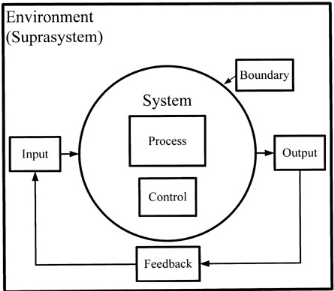1.4: Scope of work and
specific objectives
Due to the duration of the internship, this work would consist
more concisely of identifying and studying all the aspects and requirements to
produce specifications and a board of quality assurance measures for (i) total
technology integration to ensure proper and correct implementation of system
equipments; (ii) absolute functional integration to guarantee complete, full
and sustained use of system functionalities and (iii) continual appropriate
organizational integration to ensure total achievement of all technological and
functional benefits, of the SCADA/EMS module (one module of the PMS) for the
southern grid.
CHAPTER 2
GENERAL CONCEPTS AND METHODOLOGY
2.1:
INTRODUCTION
In this chapter, we would be presenting a number of concepts
and techniques which forms the combined methodology used to carry out this
requirement study.
2.2: Systems development
life cycle
The purpose of this a
methodology is to specify a set of well-defined steps or phases, coupled with a
set of clear, measurable exit criteria, for developing and implementing an
information system) [24]. The system development life cycle (SDLC) is a set of
steps that serves as the basis for most systems analysis and design
methodologies.
2.2.1: strengths, weaknesses and limitations
An information system is a set of hardware, software, data,
human, and procedural components intended to provide the right data and
information to the right person at the right time [24]. A system is a set of
interrelated components that function together in a meaningful way, delimited
from its environment (its suprasystem) by a boundary, accepts inputs at its
boundaries and outputs flow back across the boundaries while process is an
activity that changes the system in some way. Of particular interest are the
interfaces, the points at which the various system components communicate or
interact. As a general rule, the more interfaces a system contains, the more
complex the system. The figure below depicts the diagram of a system [24]

Figure 13: A system
[24]
The system development life cycle methodology acts as a memory
aid by imposing discipline, thus reducing the risk that key details will be
overlooked [24]. Communication is enhanced because the methodology imposes a
consistent set of documentation standards. The steps in the methodology enhance
management control, providing a framework for scheduling, budgeting, and
project management [24]. The tools associated with this methodology that makes
it excellent is that it makes it easier to solve the problem of developing and
implementing an information system and also, increases the likelihood that
significant errors are detected early [24].
Using this method, raises a concern that the system developed
may not accurately reflect the current business environment because the elapsed
time between the initial proposal and system completion can be quite lengthy
(often one or more years). Many methodologies require that specifications be
«frozen» as work progresses from one step to the next, and user
requirements do change over time. Given the fast pace of technology, this
problem is particularly acute with hardware and/or software selected early in
the process [24].
This is a traditional methodology used for developing and
implementing many types of information systems, such as expert systems and
real-time processing systems. Additionally, fourth-generation,
fifth-generation, and objected-oriented languages require modifications to the
traditional approach [24].
The project management life cycle is similar to the system
development life cycle, with stages or phases defining a schedule and
triggering resource allocations. Note, however, that a given project might
encompass several related systems, and a given system might be divided into
several sequential or concurrent projects.
| 


